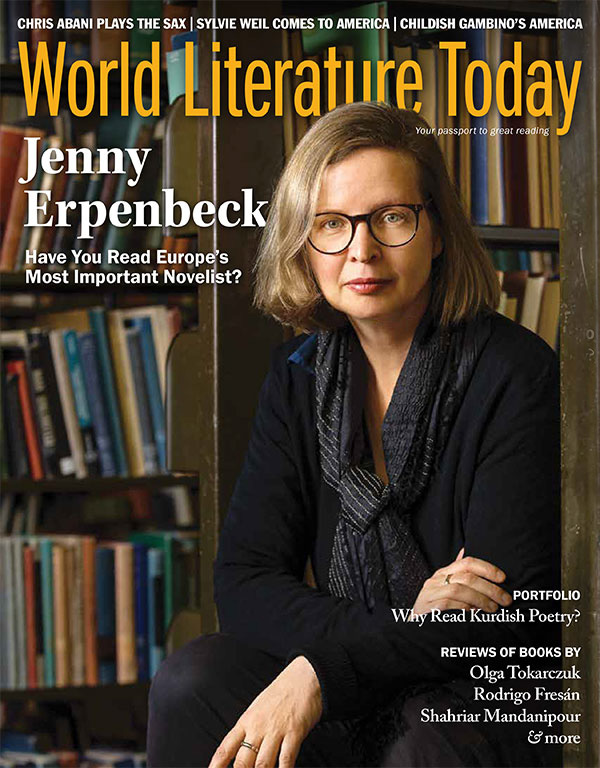SPECIAL SECTION
A Portfolio of Kurdish Poetry
- A detail of a painting by Salim BarakatTranslator’s note: Salim Barakat’s language is intimidatingly dense and complex, flaunting a vast and daunting vocabulary. His texts posse…
- Ismail Khayat, A Girl, 2015, Sulaimani, 40 x 27, acrylic paint and colored pencils on paperYou in MeOn the shore of the warm seaI standMy heels kiss your shoresI lift my dress to my kneesA wa…
- Photo: Ismail Khayat, A Girl, 2015, Sulaimani, 40 x 27, acrylic paint and colored pencils on paper.AnswerAfter Halabja* suffocated,I wrote a long complaint to GodB…
- Ismail Khayat, Sleeping, 2013, Sulaimani, 33 x 33, pencil on paper.SoccerI see Kurdistan as a soccer field, independence as a ball, plump with air. From the beginning of our existen…




